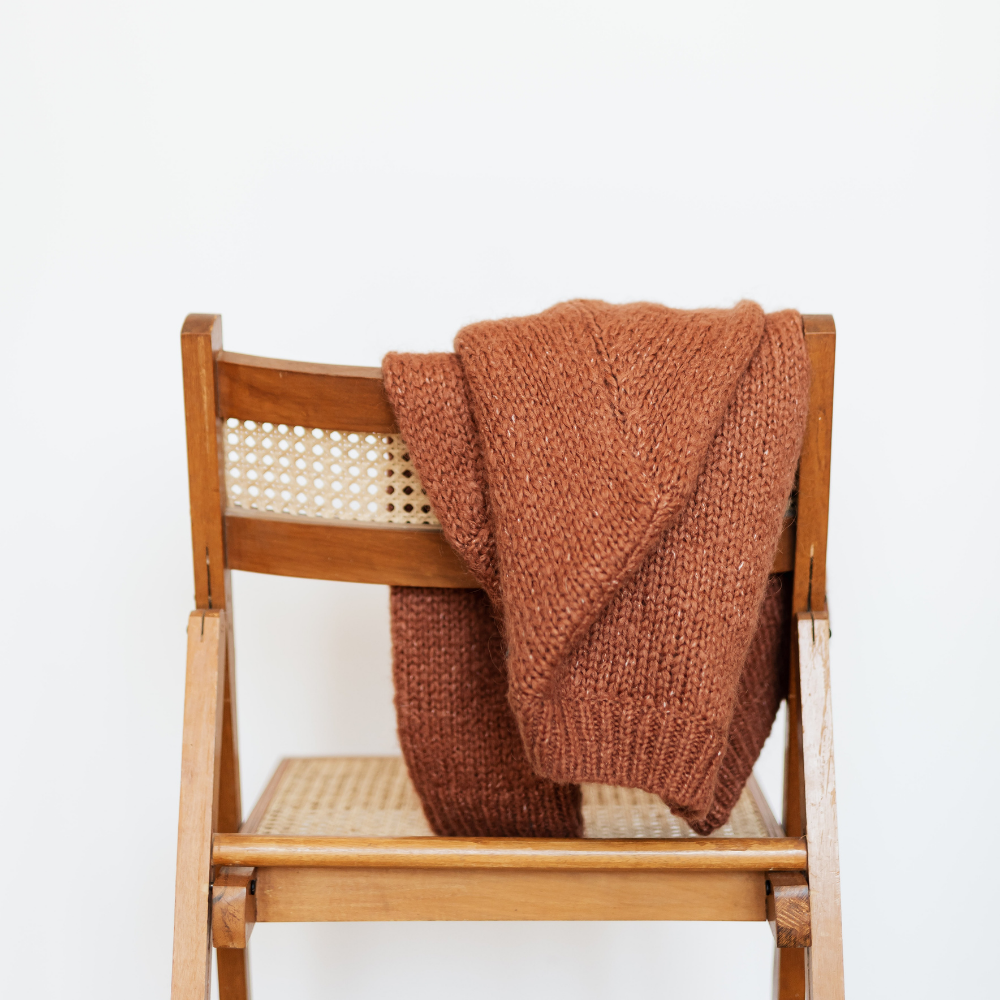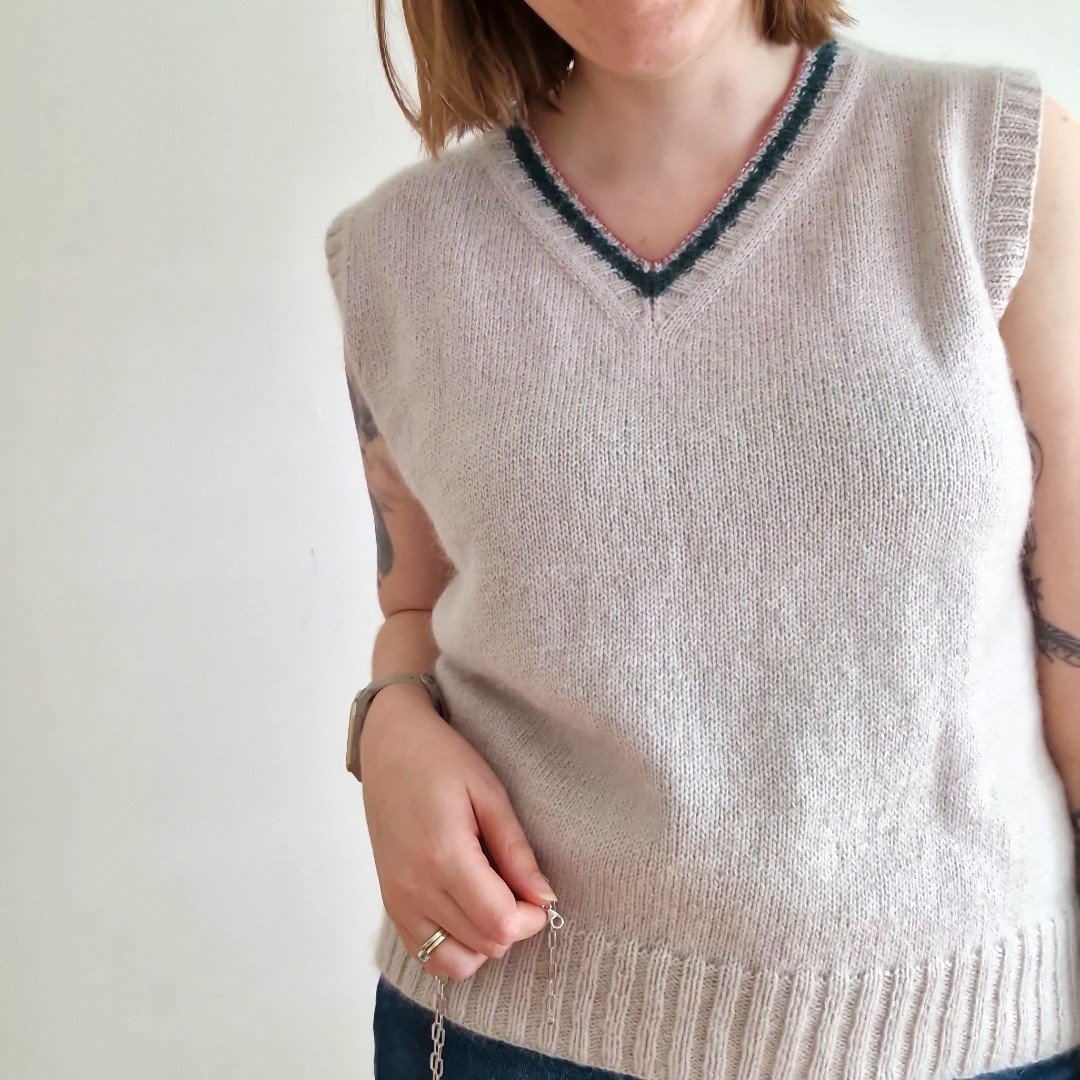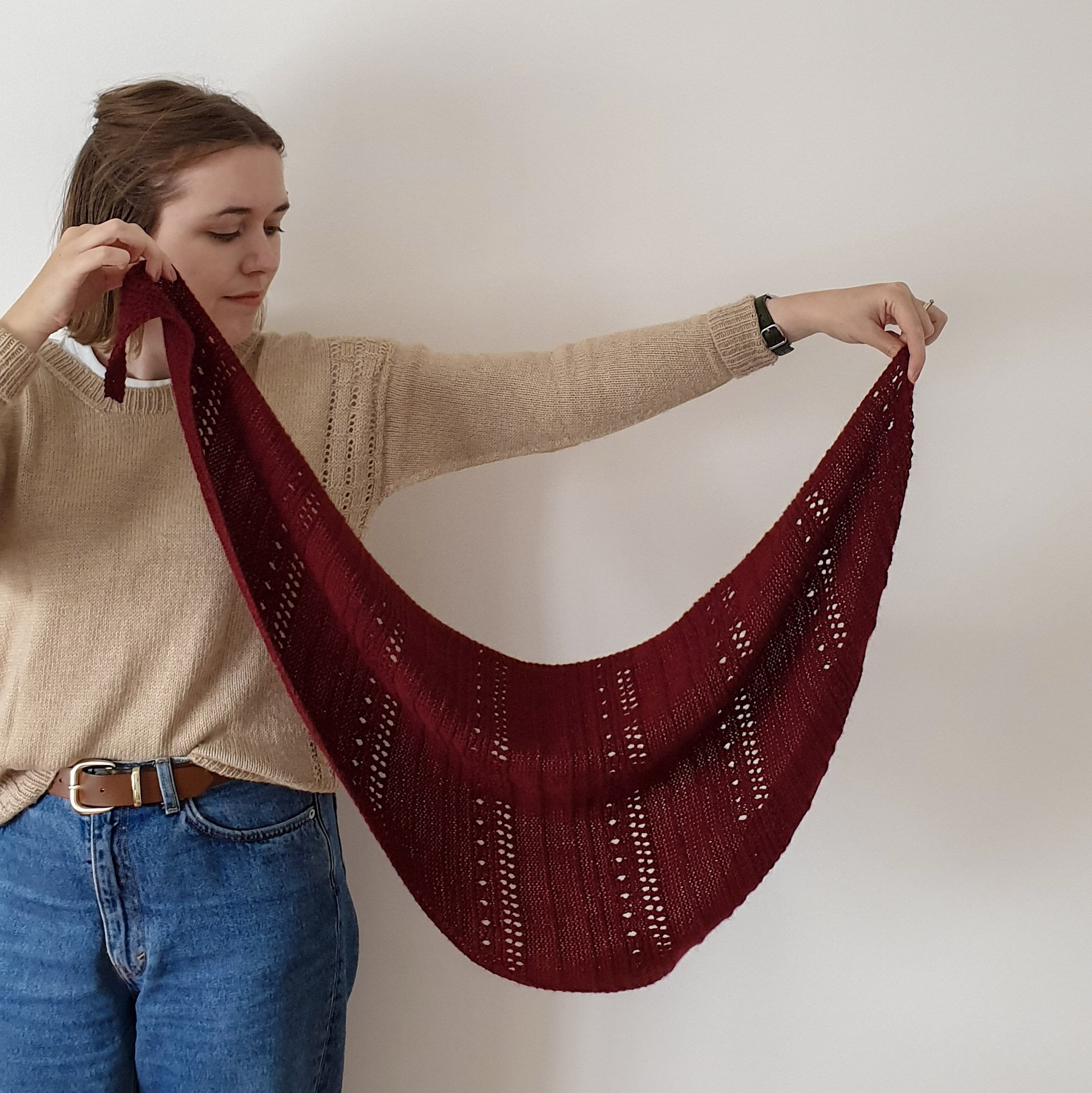Ravelry Isn’t Your Online Shop: Here’s Why
For many years, Ravelry has dominated the knitting pattern marketplace. Even now, there is nothing quite like it out there, which has led many knitting pattern designers, including myself, to believe that you only need to sell your knitting patterns there.
I’ve come to realise that this is not true.
Don’t get me wrong - Ravelry can be a great resource for designers, especially if you’re just dipping your toe into the water or selling your patterns for fun. It’s easy to set up and the selling fees are fair. It’s well-known by makers all over the world meaning that, even if they haven’t heard of you before, they are likely to trust the website enough to make a purchase.
Despite that, I now believe that Ravelry should not be your online shop.
One of the biggest reasons why I don’t think you should treat Ravelry as your online shop is that you have absolutely no control over the look and functionality of the site. This means that you can’t brand your “shop” visually, but it also means that Ravelry can make changes to the site that negatively impact you and your customers without much warning.
This was perfectly illustrated this summer when Ravelry made big changes to the design of the site. This redesign resulted in tons of people being unable to go on the website without experiencing significant side effects. To add insult to injury, the Ravelry team handled the whole situation really badly, which meant that users (YOUR potential customers) were left feeling neglected and badly cared for - alongside the physical harm they experienced.
As you can see, placing your knitting pattern design business solely in the hands of an entity that you can’t control is quite a big risk. What if they decided to shut down? What if they raised their fees astronomically? It’s not worth putting your eggs all in one basket, especially when Ravelry control the user-experience.
Additionally, when you sell your patterns only with Ravelry, you are placing yourself in more direct competition with other knitting pattern designers. When your pattern is one of 50 on a single page, there is a ton of distraction for shoppers, not to mention the fact that they will be more likely to compare pattern prices. This makes it even harder for you to charge what you want for your knitting patterns.
Another big reason why I’m not a fan of relying solely on Ravelry for my sales is that they give you next to no analytics data, which means that it’s very hard to evaluate why a pattern is or isn’t performing well when you launch it. It’s hard to make improvements to your Ravelry store when you’re not sure what needs to be done!
If the thought of setting up your own shop feels miles away, building confidence in your design ideas is the first step.
This free video will help you with exactly that.
Ravelry is a Discovery Tool
Rather than see Ravelry as your online shop, I’d like you to see Ravelry as a marketing device in the same way that you might see Instagram or Pinterest. They essentially help makers to find and become fans of your work.
Ravelry has a very large, targeted community of makers as well as detailed (albeit a little complex) filtering system that allow them to find the best pattern for their needs. They also help makers to find pattern ideas based on the yarn they’re interested in.
It makes total sense to have your patterns on Ravelry (as well as on other discovery tools such as Etsy and Love Crafts etc.) to get them in front of a big audience, but they shouldn’t be the only places you sell your patterns. I highly recommend that you also sell them in your online shop: a place that is fully your own. This will be the place you direct makers to whenever you’re marketing your patterns on social media.
The Benefits of Having Your Own Online Pattern Shop
When you have your own online shop, you are the one who is in control. You can change how it looks so that it matches your branding. You can tweak and make changes whenever you want to try and improve sales or make the shop more user-friendly.
You can also use SEO (search engine optimisation) to help your shop show up when makers use Google or other search engines. You can use the website to build an email list of customers and potential customers that you email weekly to build relationships and bring in more sales - seriously, a weekly email is a game changer!
Another great thing about having your own online shop is that you can serve makers who don’t use Ravelry (they exist!) and even more importantly, those who can’t use Ravelry safely anymore. Many makers feel like they’ve been left high and dry by Ravelry, so it’s great to be able to offer them alternative places to shop safely.
Finally, you don’t have to compete directly with other designers when you’re leading makers to your own shop. They’re less likely to get distracted and buy someone else’s pattern! You can also charge what you want for your patterns without having to worry too much about what other designers are charging.
Of course, it’s not all plain sailing!
As you might imagine, there are still challenges involved in running your own online pattern shop. There is more of an upfront cost than Ravelry - I currently pay $20 a month for my online shop, along with the standard fees from either Paypal or Stripe. Understandably, this is a big factor for many people.
Additionally, you’ll need to be a little more tech-savvy then Ravelry requires. You won’t need to code your website (setting up the shop is very straight-forward), however, you will need to be comfortable making decisions on how you want your site to look and function. The online shop options that I recommend below are typically drag-and-drop type sites, so as long as you are comfortable with that, you should be fine.
Most importantly, you will need to use marketing to get eyes on your online store - although I should hope you’re doing that regardless, even if you’re only using Ravelry! When you have your own store, you’re not relying upon someone else’s community; you have to build your own. This means being active on social media and building your own email list to bring in sales.
Three Online Shop Alternatives to Ravelry
If you’re interested in opening up your own online shop alongside your Ravelry store, there are three eCommerce options that I suggest you explore: Squarespace (I use this), Wix and Shopify. They are all reasonably priced and allow you to sell digital products, which means that makers will automatically get an email with their pattern download in it as soon as they purchase. You don’t have to do anything manually.
Please note: I’m not affiliated with any of these companies! I just think they are great options for knitting pattern designers.
Where should you sell your knitting patterns?
If you’re just starting out and you’re not sure if you want to continue designing knitting patterns long-term, it’s totally fine if you just want to sell on Ravelry or Etsy. It’s also a really good option if having your own online shop is financially inaccessible to you right now. But if you’re serious about knitting pattern design and you can afford to do so, I highly recommend that you open your own shop alongside your Ravelry shop.
A Question for You
Where do you sell your knitting patterns? If you only sell on Ravelry, are you considering opening your own online shop, too? Share your thoughts in the comments section. I would love to hear from you!
Important note
Please don’t use this post as a place to spout your anti-Ravelry, pro-Trump rhetoric. Comments of this nature will be deleted.













